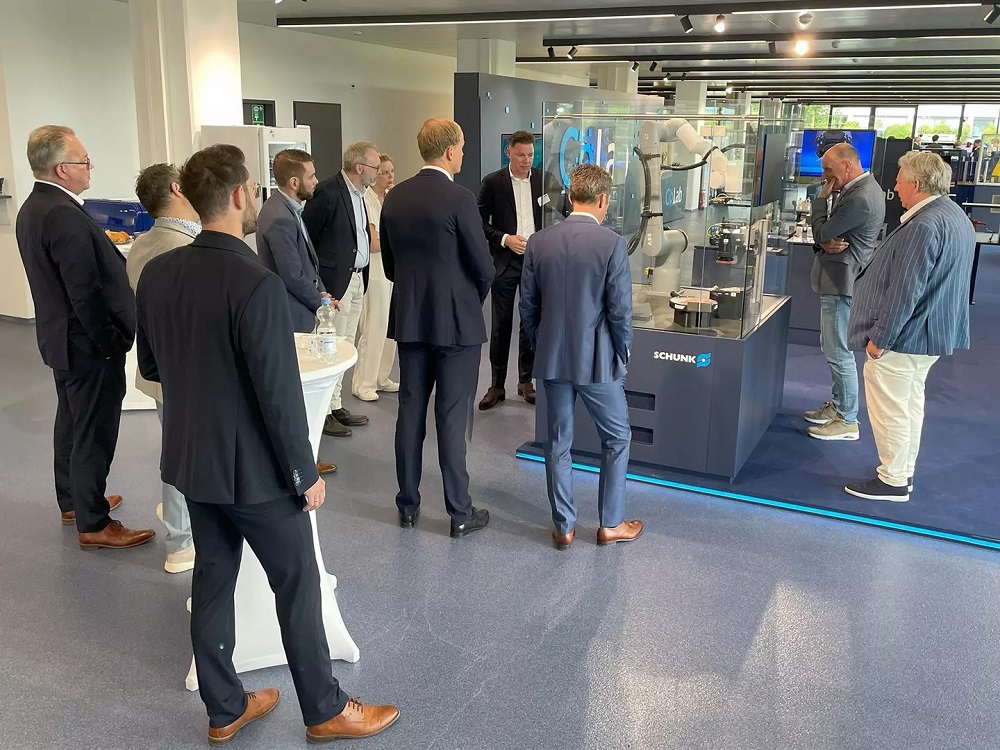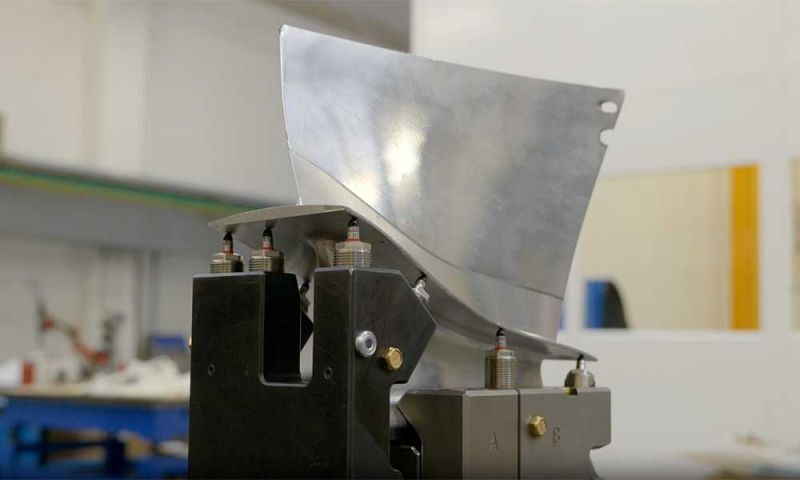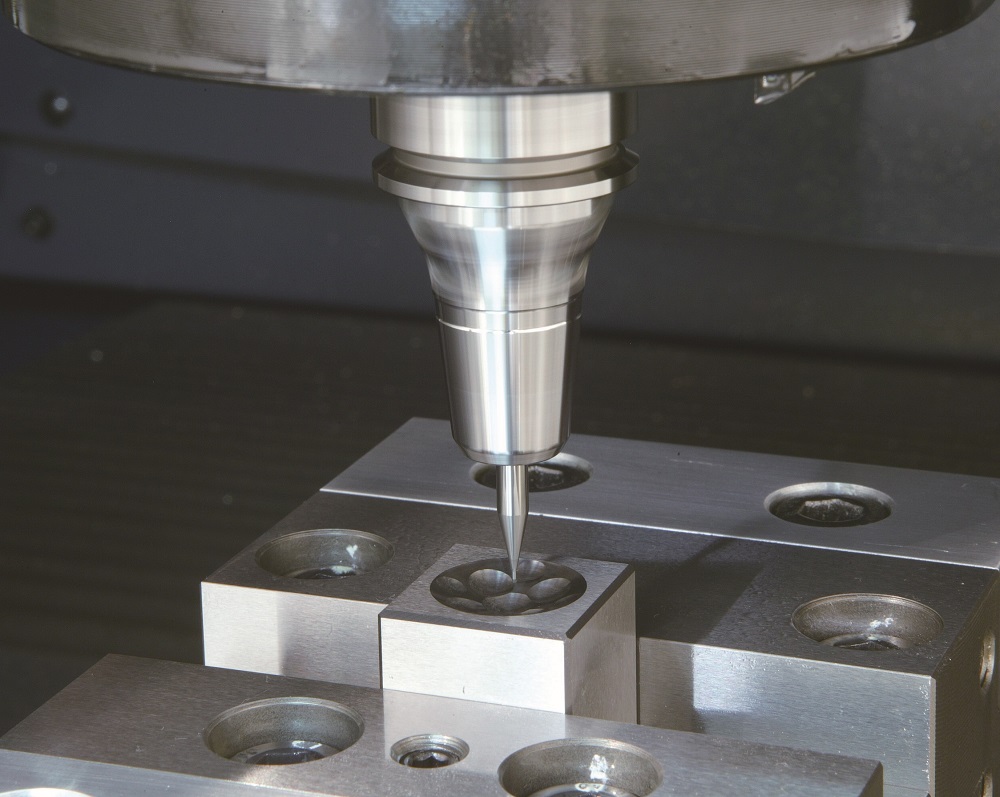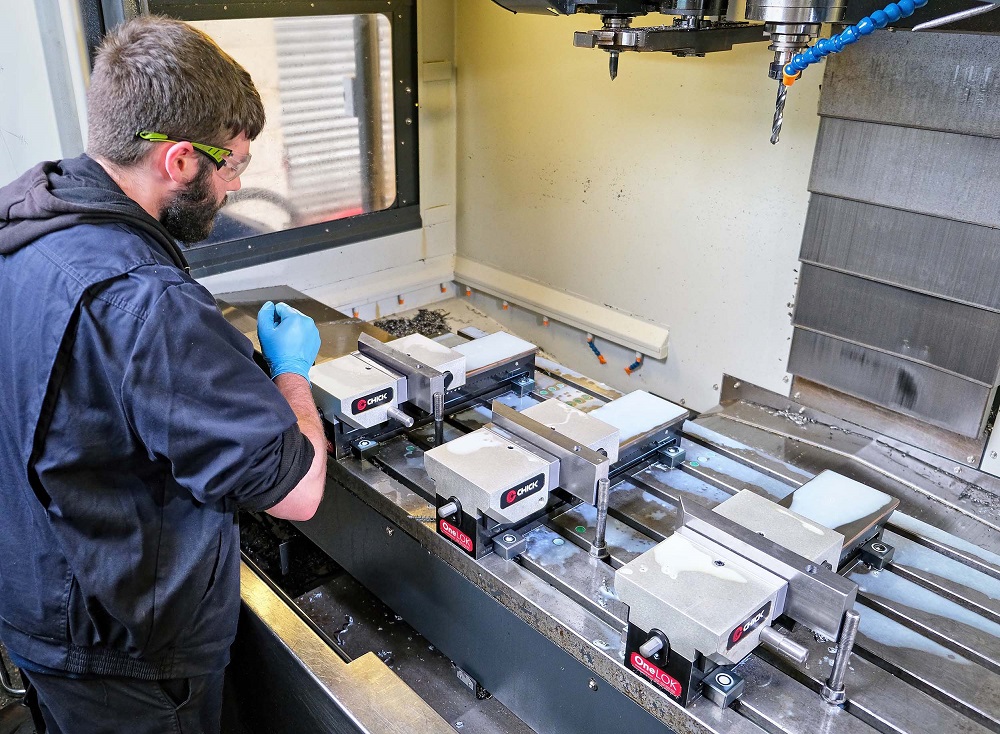A delegation of Dutch high-tech suppliers travelled through Baden-Württemberg last month with clearly defined goals, also taking the opportunity to stop by tool-holding and work-holding specialist Schunk. The trip focused on cross-industry exchange and intensifying co-operation between the Dutch and German manufacturing industries to overcome global challenges together and ensure competitiveness.
Germany is known for its engineering skills and innovative strength, particularly in the automotive and mechanical engineering sectors. In the Netherlands, renowned technology pioneers are also shaping progress in growth sectors such as the electronics and medical.
The trip was organised by the Brabant regional development agency BOM, the Brainport Industries Network Organization and the VDMA (German Machinery and Equipment Manufacturers Association). Delegates included suppliers to global OEMs and members of the Dutch high-tech network ‘Brainport Industries’, which aims to strengthen value chains sustainably through co-operation.
On the second day of their innovation trip, the delegates visited Schunk’s headquarters in Lauffen and the neighbouring automation plant in Brackenheim-Hausen. There, they were given an exclusive insight into the automation and production processes at Schunk.
At the CoLab Robot Application Centre, there was an open, lively exchange about current trends and automation solutions in dynamic industries such as e-mobility and life science. In addition to networking, the focus was primarily on collaboration opportunities: the aim is to strengthen the complex supply chains of the high-tech sector and promote growth and competitiveness in the long term.
Schunk CTO Timo Gessmann says: “By joining forces and maintaining an open technological dialogue, we combine our strengths and overcome challenges together.”
More information www.schunk.com



















